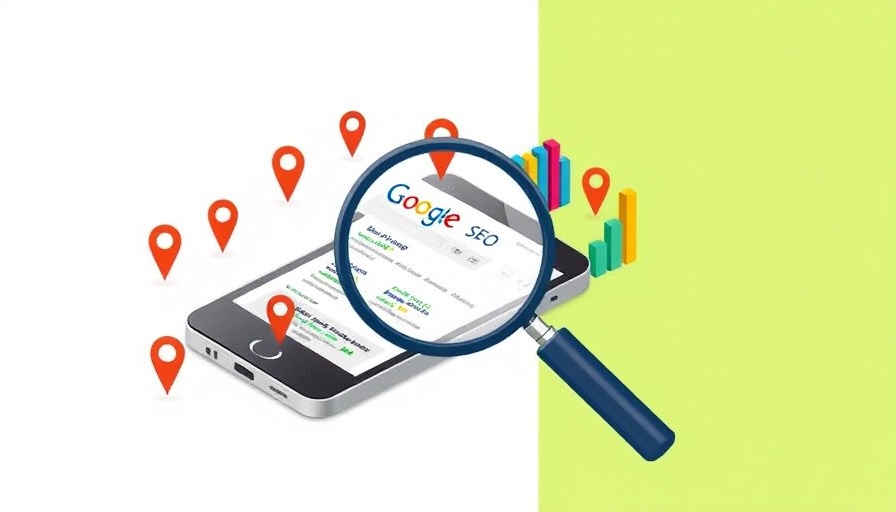
Understanding CDNs and Their Role in SEO
When it comes to website performance and search engine optimization (SEO), one critical component that often comes up is the Content Delivery Network (CDN). CDNs are systems of distributed servers that deliver web content to users based on their geographical location. This technology not only enhances user experience by speeding up website loading times, but it can also play a significant role in boosting or hurting your site's SEO performance. In the digital age, where speed is paramount, understanding the implications of using CDNs is essential for webmasters and digital marketers alike.
In 'CDNs: Boosting or Hurting Your SEO Performance?', the discussion dives into the intricate relationship between content delivery networks and SEO, exploring key insights that sparked a deeper analysis on our end.
The Benefits of Using CDNs for SEO
One of the most significant advantages of a CDN is its ability to improve website load times. According to research, faster loading websites tend to rank higher in search engine results pages (SERPs) because search engines prioritize user experience. When a user accesses your website faster due to a CDN, they're more likely to stay longer and explore more pages, ultimately reducing bounce rates. This behavior signals to search engines that your site offers valuable content, which can help improve your rankings over time.
Additionally, CDNs can enhance your site's reliability and uptime. By redistributing traffic across various servers, they help ensure that your website remains accessible even during high traffic periods. A consistent and reliable user experience is another key factor that search engines take into consideration when ranking websites, making CDNs an essential tool for achieving better SEO outcomes.
Potential Drawbacks of CDNs
Despite the benefits, there are potential drawbacks that webmasters must consider. One major concern is the configuration and management of CDNs. If not properly set up, a CDN can lead to issues such as broken links or misdirected content, which can negatively affect user experience and SEO performance. Additionally, complex CDN configurations can lead to inconsistent caching policies, which might result in users seeing outdated content.
Moreover, using a CDN can sometimes mask performance issues that originate from the main server. If the origin server is slow or unresponsive, relying too heavily on a CDN might create the illusion of good performance without addressing the root problem. Thus, it's important to balance the use of CDNs with regular performance monitoring of your server.
Making Informed Decisions About CDNs
The key to leveraging a CDN effectively lies in understanding your site's specific needs. This starts with weighing the benefits against the potential risks. For example, if your website serves content internationally, implementing a CDN can significantly improve load times for users in different geographical locations. On the other hand, if your audience is localized and your website primarily serves a regional market, the benefits of a CDN may not be as pronounced.
Furthermore, consider running performance tests to monitor your site’s speed and reliability with and without a CDN. This empirical approach allows you to make informed decisions based on data rather than assumptions.
Conclusion: Embracing Technology for Better SEO
In conclusion, utilizing CDNs can both enhance and hinder your SEO performance, depending on how they're managed and integrated with your existing web infrastructure. By understanding their functionality, closely monitoring your website’s performance, and making adjustments as necessary, you can harness the benefits of CDNs to bolster your SEO efforts. If you're exploring the right tools and strategies for your site's optimization, it's time to consider how CDNs can fit into your digital marketing toolbox.
 Add Row
Add Row  Add
Add 




Write A Comment